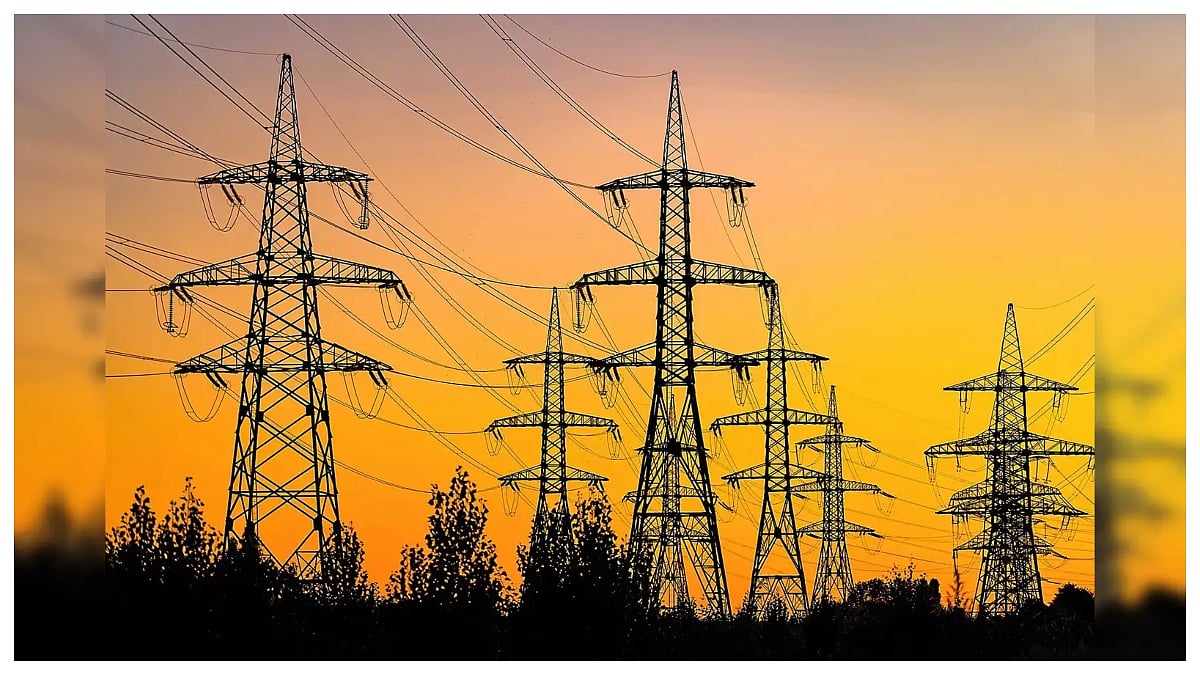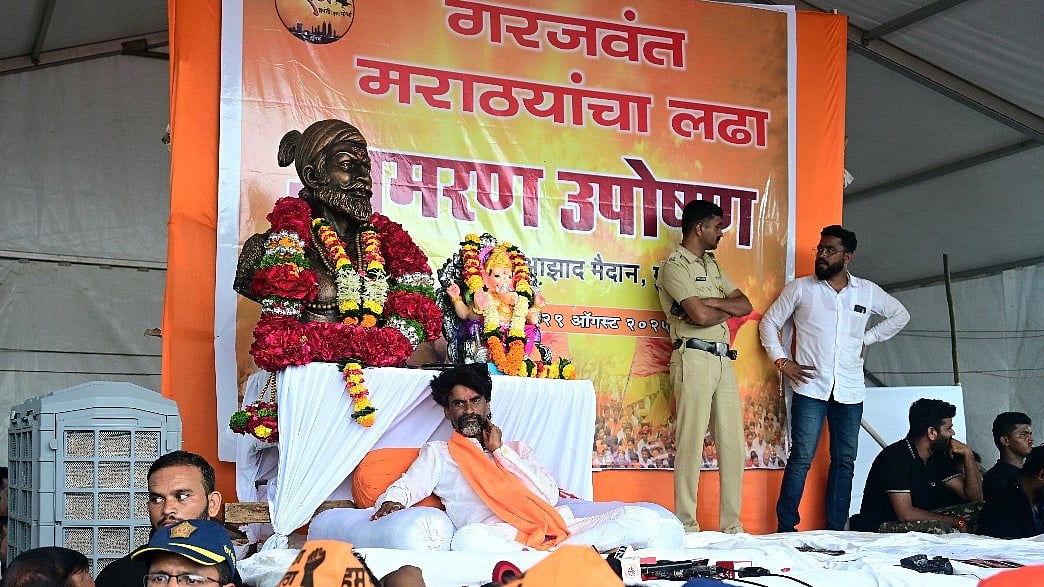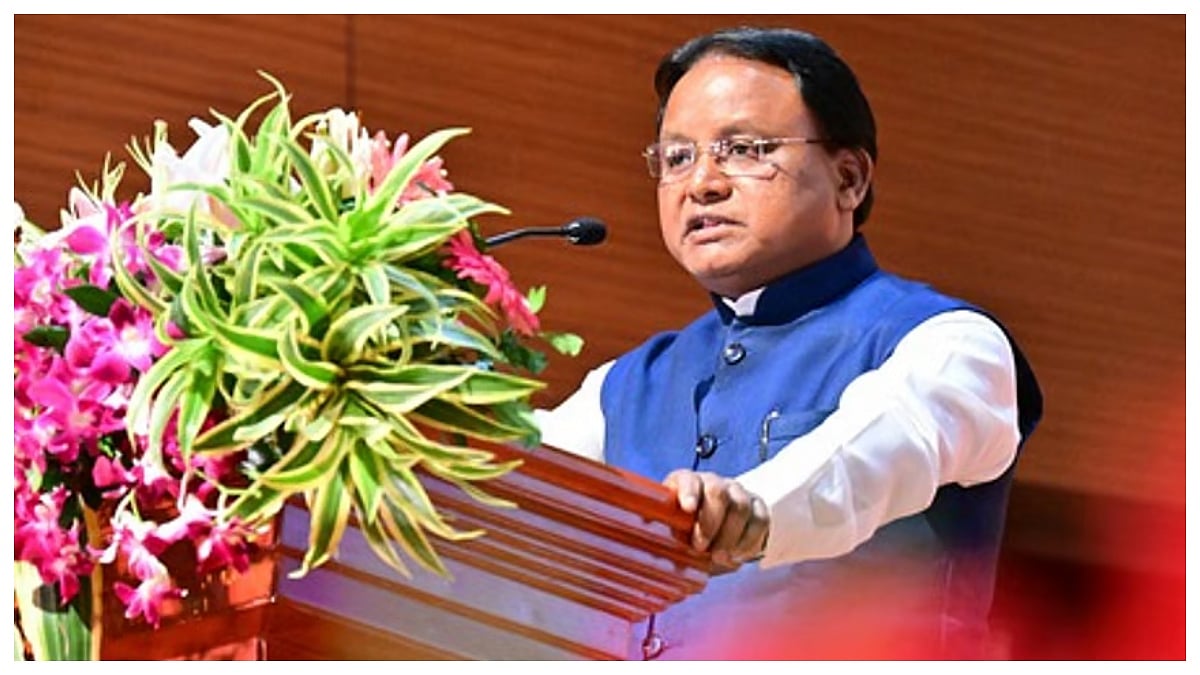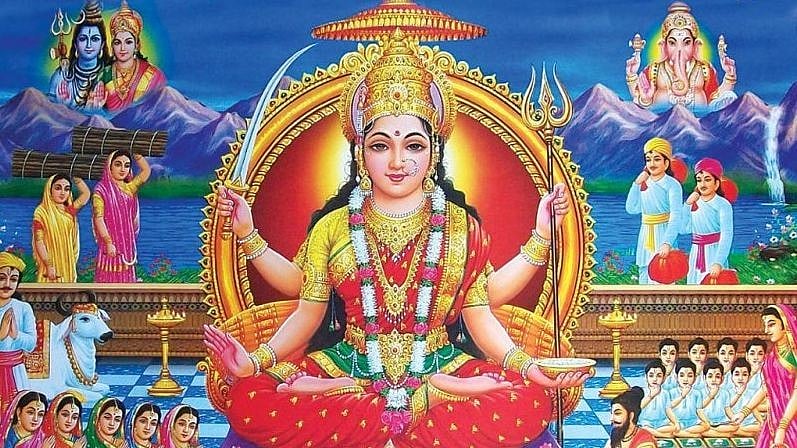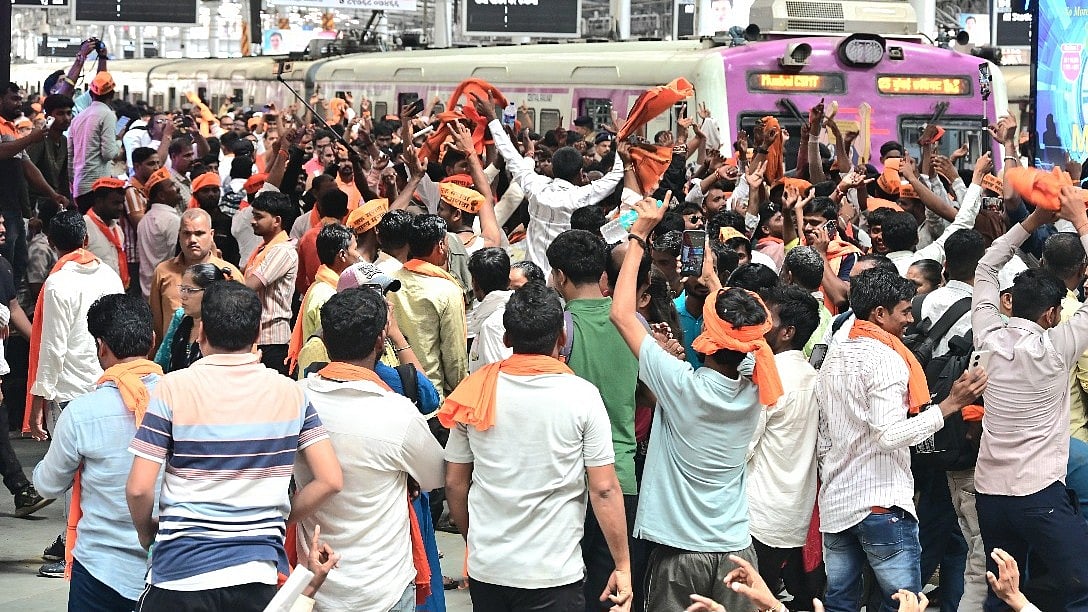Two important policy measures that are round the corner are the Union Budget, to be followed by the monetary policy. The former will provide direction for the year from the point of view of the Government while the latter will give some indication of how the RBI will react, though the April policy will probably be more definite. So, what can individual households expect from these two entities?
From the perspective of a households, economic conditions presently are not favourable. Almost everyone working in the non-government sector has been confronted with job losses or salary cuts, and while some companies have reversed these cuts, others are still waiting. The entire series of policy announcements made during the ‘Atmanirbhar’ programme, did raise hope for tax benefits, which did not quite come about. All those who were dependent on income from interest which came from deposits were served a double whammy, as interest rates crashed on both bank deposits, as well as small savings, in the face of rising inflation. Therefore, there are high expectations from the Budget, as well as the credit policy to be served a few days later.
Tax cut unlikely
Let us try and see how the government can address these issues. First, will the income tax rate be cut? The answer is probably no, as the government is struggling to raise revenues and the individual income tax regime is probably one area which gives a continuous stream of revenue. That is because there are no escape clauses here. There could be perfunctory attention paid to the lower-income groups, where the tax slabs may be adjusted marginally upwards, but those who are in the 30 per cent bracket will have little to expect. In fact, the government may just decide to levy a Covid cess; and the fear about a cess is that is never withdrawn and rarely does the public get to know how the money is spent.
Second, what about taxes on goods and services? Here, the Budget actually has nothing to say, for most goods and services coming under the GST, this is determined outside its frontiers. Therefore, the Budget will be silent on these rates. But aren’t the duties levied on fuel prices very high? Yes, they are, as with a basic price of Rs 31.50 which includes the dealer margin, the balance part of the price which can range between Rs 85-91/litre goes to the State and Centre as taxes, with the latter taking 60 per cent of the total.
Will the Central Government be willing to forfeit such a tax which is a fixed rate and not ad valorem, as is the case with VAT? The answer again is probably no, which really means that even on goods, there is a very slim chance of the Government offering any relief. In fact, most of the time, when the excise duty is raised on petrol and diesel, it is done outside of the Budget and hence, such actions are not really announced on February 1.
Sops for industry
Therefore, on the tax front, individuals can practically expect minimal relief. It may be recollected that a rather complex alternative scheme of choosing between two regimes was announced last year, which has not made much of a difference to most taxpayers. Hence, while there are customary questions floating around on what the Budget can do to spur consumption, realistically speaking, there can be little scope for increasing disposable income by cutting tax rates. There is a stronger likelihood of there being tax concessions given to industry, rather than individuals, going by the past actions of the Government.
The RBI policy will follow the Budget and quite clearly the MPC will keep in mind the fact that the Government will have a large borrowing programme, even as the fiscal deficit ratio will be reckoned at a lower level. The borrowing programme of Rs 13.1 lakh crore for this year did not affect liquidity, as there was less demand from the private sector. However, with a revival in the economy which is expected this year, there will be an increase in demand for commercial credit, which will affect liquidity and interest rates.
Besides, a reviving economy also goes with higher inflation and hence, the days of low interest rates will be over. The RBI has already started its rollback of the liquidity measures in a calibrated manner, which will narrow down the surplus in the system by the end of the year. Therefore, there will be a strong case for interest rates to start increasing, though industry still hopes that there can be another rate cut action given that inflation came down sharply last month.
However, in general, rates will be stable and point to the upward direction and households may have reason to look more positively at rates this year, relative to 2020. But from the point of view of the Budget, there may be fewer expectations and the best situation will be if there is no new tax imposed.
The writer is Chief Economist, CARE Ratings and author of Hits & Misses: The Indian Banking Story. Views are personal.

